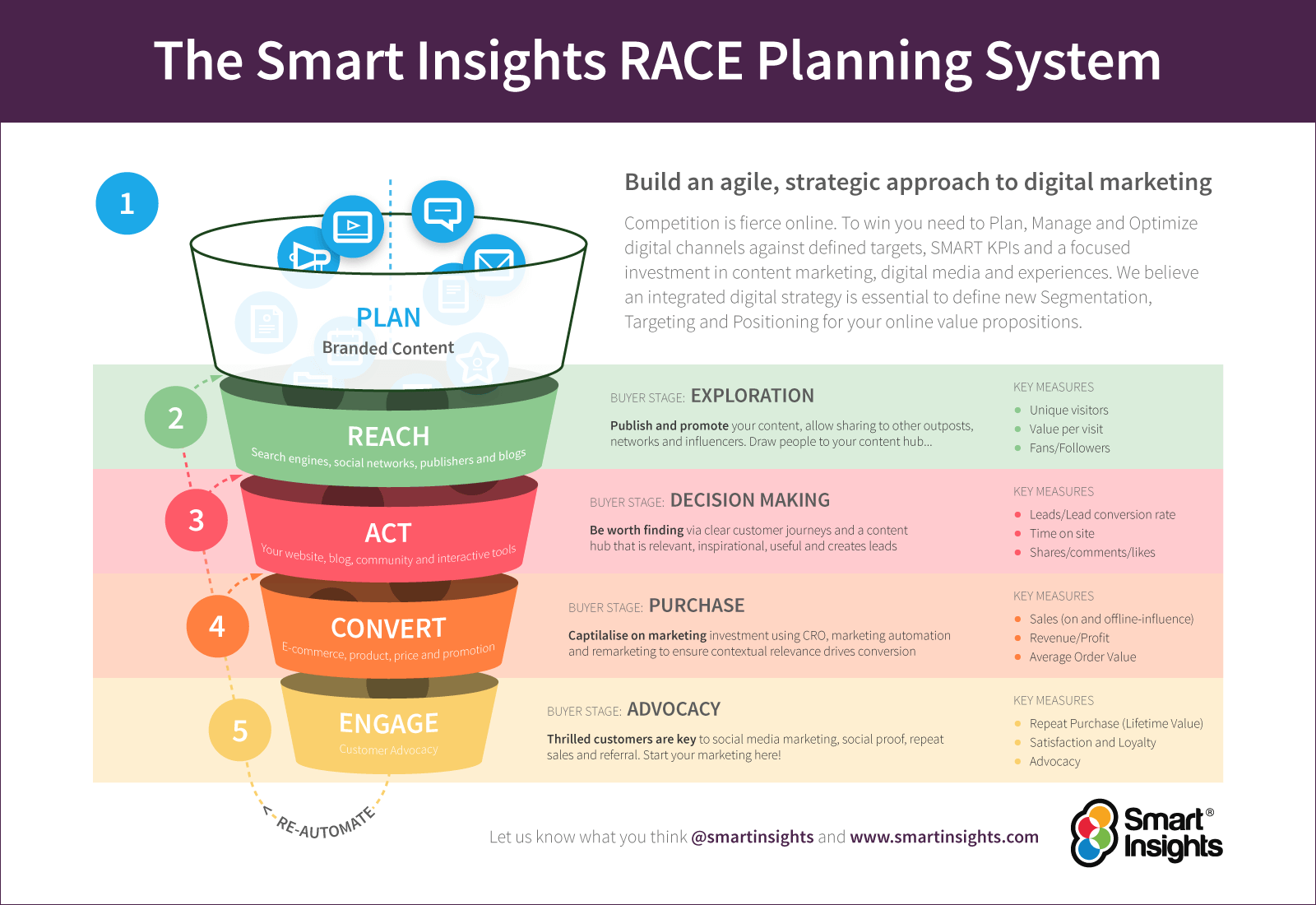Introducing P.R.I.C.E. - a tool to review differentiation and integration of E-commerce omnichannel marketing
There is an enormous, and potentially bewildering, range of possibilities and options available to retailers to differentiate themselves from their competitors in a multichannel world.
Why a multichannel marketing framework is needed
Selection and prioritization of investment in online retail can be a huge challenge, and so to help, when reviewing multichannel strategy with clients I have developed a framework to help based around five key factors:
- Price
- Range
- Information
- Convenience
- Experience
Those five key factors, in varying priorities, define what is important for your customers in a multichannel retail experience. Together they describe your differentiation from your competitors in a multichannel world.

In brief, the elements of P.R.I.C.E are
- Price - As everyone knows, prices online are transparent prices, and having a competitive price position is an essential part of your positioning, that said, it's not the only aspect as I'll explain below.
- Range - The infinite aisle is essential to the success of multichannel - customers often expect you to have "everything everywhere"
- Information - On a good retail website only 3% of visitors will buy. Why are the rest there? Mainly to gather information. How will you support them? How will your store staff interact with customers who have done their homework online already?
- Convenience - The heart of multichannel. Why do customers bother with all this stuff when many shops are pretty nice places to hang out? Because it saves them time.
- Experience - Also known as "everything else", but more than a hygiene factor, it is important to differentiate too.
Multichannel retail - it's not only about Pricing
You often hear it said that Pricing is all Multichannel Retail is about – our customers just care about who is cheapest. They come into stores with their smartphones, look at the products, check the price online, and then buy somewhere else. Online price transparency is killing us.
Is it true? If so, what can you do about it? Well, if you sell consumer electronics, or any other high ticket item purchased mainly by customers who are stretching to afford it, then it is true and there’s not much to do except being cheapest. But John Lewis in the UK and Nordstrom in the US are amongst the retailers most would cite as case studies for multichannel retail, and they certainly aren’t cheap.
John Lewis has even had to amend its famous 'never knowingly undersold' commitment to 'never knowingly undersold except by online pureplays'. That hasn’t stopped their multichannel sales topping the billion pound mark last year.
Boost performance through omnichannel marketing
Our marketing tools and templates focus on key marketing activities integrated across the customer lifecycle, so you can prioritize high-value customers and products. Structure your marketing plan around the RACE Framework to boost performance and achieve your goals.

Join Smart Insights as a Free Member for instant access to our free digital marketing plan template to hone your skills and drive the results you need.
Free digital marketing plan template
Our popular marketing planning template is structured across the Smart Insights RACE Framework. Join Smart Insights as a Free Member to download our digital marketing plan template today
Access the Free digital marketing plan template
Retail 101: 'it’s the customers, stupid'
The answer lies in going back to retail 101: retail isn’t about products, it’s about customers. Take another look at the most important phrase that last paragraph: '…purchased mainly by customers who are stretching to afford'. Are all your customers like that? Then who are the others? Elsewhere on Smart Insights you can find material about defining customer personas.
Personas matter in multichannel retail even more, because personas let you prioritise what matters apart from price: P.R.I.C.E.
Yes, customers want keen prices. But they also want to shop somewhere with a complete range of products in the categories they are interested in. They need good quality information to support their decision, including specification data, customer reviews, buying guides, how-to videos.
Multichannel is ultimately all about convenience, and there are lots of opportunities to capture loyal customers by offering the best experience at every step along the multichannel purchase journey: when researching online, browsing in-store, sharing with friends over mobile, during delivery, handling returns – at every touch-point.
Looking to develop your digital marketing activities further? Don't miss Dr. Dave Chaffey's popular blog 'what is digital marketing?' which outlines his top 18 recommended digital marketing activities to consider.

Evaluating your proposition and differentiation using the P.R.I.C.E. Framework
To help with this, I’ve built a model to support clients in structuring their thinking about P.R.I.C.E. Quite often I use it in conjunction with a Personas workshop; there’s simply no point in discussing multichannel differentiation or competitive positioning if you can’t define the customer segments you are trying to position for.
The model is in two stages:
- First, it asks you to rate your current or planned proposition against the P.R.I.C.E framework, considering around 100 key sub-factors. Differentiation is never absolute, it’s always relative to competition, so it also asks you to rate your top 3 competitors against the same factors.
- Second, it asks you what matters for your key customer segments. How important is Convenience to that mission-critical Persona 'busy marketing executive' for example?
Out pops a score, both an overall score and a rating against each of the 5 elements that make up P.R.I.C.E. Of course scores are nice, but weighted scorecards are just a tool. Using them for strategic decision-making is just the same as using them to (for example) evaluate ITT responses from suppliers.
What matters is not the score, but the structured debate that takes place in order to reach the score in the first place.
It’s the structured debate that adds the value; the scorecard is there to help identify what’s most important to your customers (or your client's customers) and to suggest areas that could be priorities to make the biggest difference fastest. But everyone likes to score, and everyone likes to feel reassured that they are scoring higher than their competitors.
Free digital marketing plan template
Our popular marketing planning template is structured across the Smart Insights RACE Framework. Join Smart Insights as a Free Member to download our digital marketing plan template today
Access the Free digital marketing plan template
Thanks to Chris Jones for sharing his opinions and thoughts in this blog post. Chris is an Independent Multichannel Retail Strategy & Solutions Consultant for his company
Redsock Management and author of the
Multichannel Retail Handbook. He offers advice and consulting on multi-channel retail strategy, customer proposition, differentiation, IT consequences of it and more general IT Strategy. Works with leading retailers in the UK and overseas.










